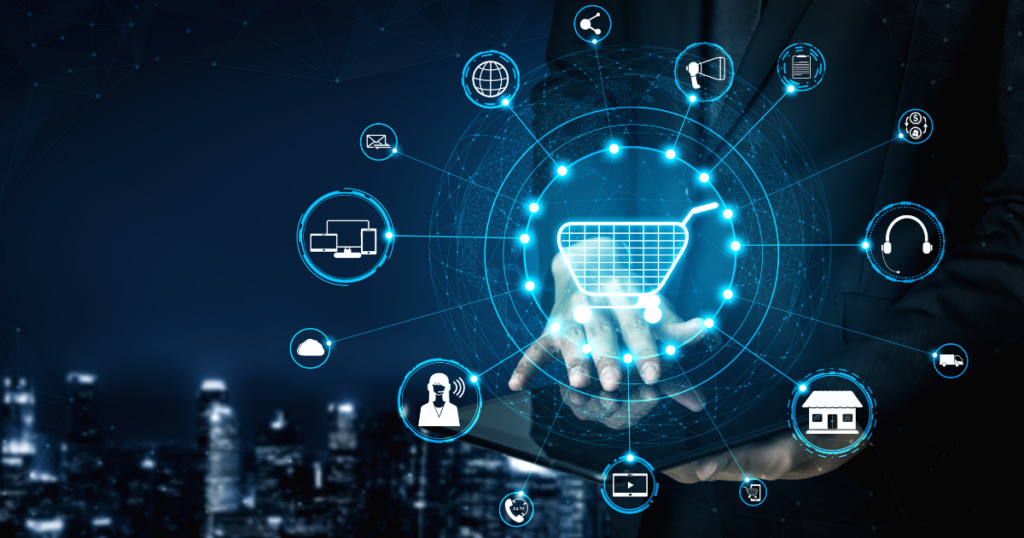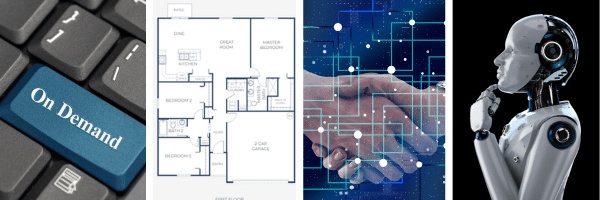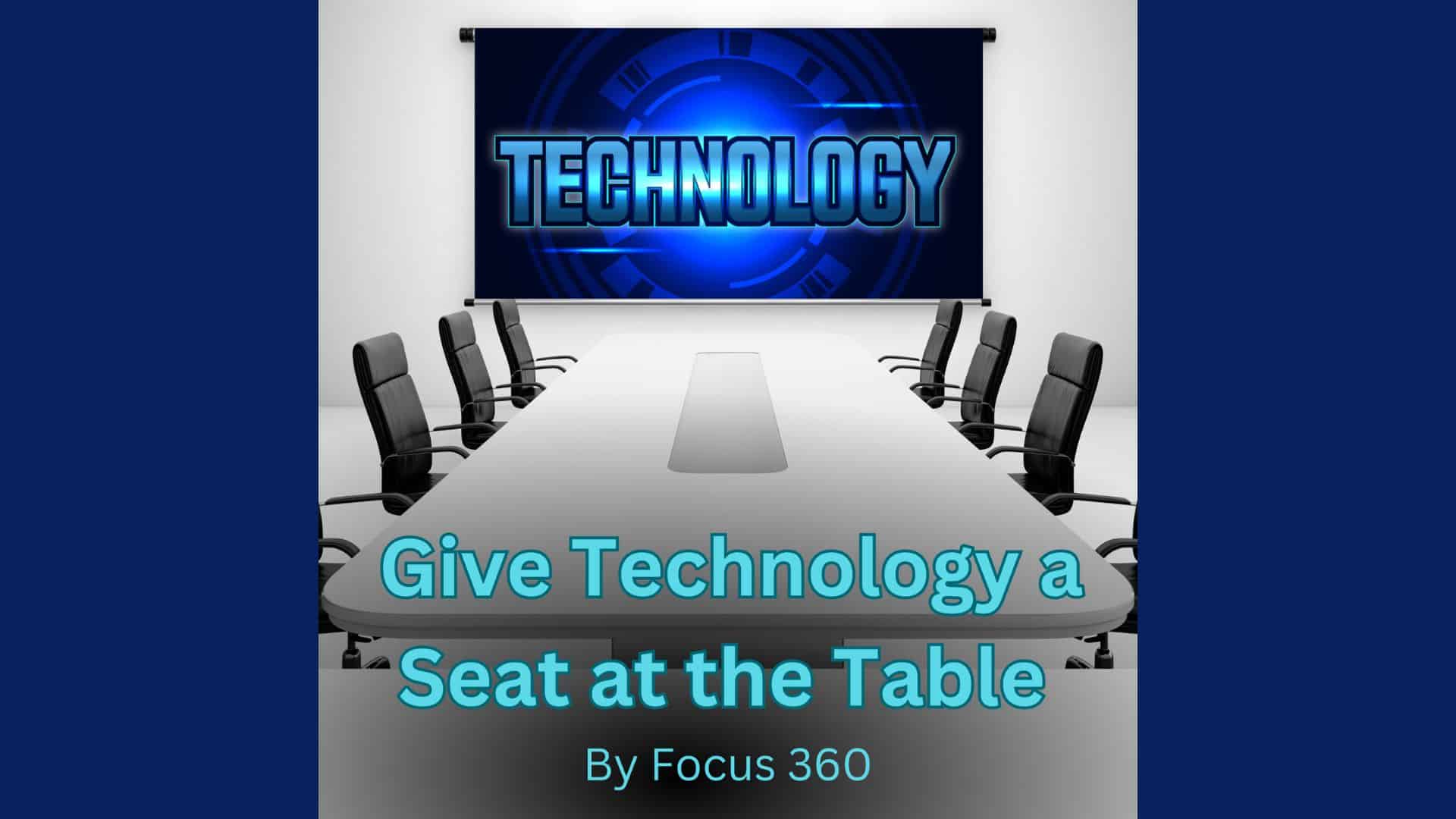Level Up: How Will You Level Up to the Changing Marketing Funnel?
February 26, 2024
Ever think about how you first became acquainted with a new product or service? Why did I see that ad? How does that influencer know so much about this product? Wait, I looked at these shoes last week and now I can’t stop seeing ads? Welcome to the new marketing funnel. If you are not tracking and trying to understand all the changing ways that marketers can and are reaching consumers, it’s time to take a second look.
Let’s start with a little marketing funnel 101. If you don’t already know, we are living in an omnichannel world. “Omni” means “all,” and “channel” is a reference to the many ways customers might interact with a company—in physical stores, by surfing the web, on social media, in emails, apps, SMS, and other digital spaces. And the omnichannel approach can be a powerful way to meet your customers where they are and provide them with good service in line with their preferences and needs.
Picture this scenario: online shopping for clothing.
You’re browsing online for new work clothes, and you add something to your virtual cart, but ultimately decide not to buy it. Then later, you see an ad on social media for the abandoned garment. This is an example of omnichannel marketing. It’s related, it’s planned and positioned retargeting. But not every customer is looking for the same thing, and omnichannel marketing acknowledges that. Some people want more services for certain transactions; others prefer low-touch, 24/7 interactions. Effective omni channel marketing happens when companies provide a set of seamlessly integrated channels, catering to customer preferences, and steer them to the most efficient solutions.
Now let’s look at a few data points. B2C customers engage with 3-5 of these channels each time they make a purchase or resolve a request while omnichannel customers shop 2 times more than shoppers who use a single channel. They also spend more. Why? They are being targeted and retargeted again and again in ways and at times that make sense to influence the purchase. Let’s now switch to hospitality for a moment. The average hotel seeking customer looking to make a single reservation for accommodations online will switch nearly six times between websites and mobile channels. If these customers encounter inconsistent information or can’t get what they need, they may lose interest in a brand’s products or services.
So, what does the new funnel look like? It can be seen as a messy zig zag of experience and touchpoints but ultimately you might consider the HubSpot approach and think of a flywheel where you keep moving the customer in a circular motion through and to new stages of engagement where where you keep moving the customer in a circular motion through and to new stages of engagement where you:
- Focus on attracting strangers
- Engage your prospects and convert them to customers
- Delight them in their experience so they become promoters and evangelists – we are in the years of the influencers and boy do brands grow leaps and bounds with them
- Incentivize your promoters to leave reviews and refer more strangers
Now you see how brands and marketers managing those brands really need to think about how many instances of brand exposure it may take to capture a sale and where the communications are meeting your prospective buyers. Today brand management is in overdrive through these omni channel experiences to reach new leads in the funnel. Leveling up starts with creating brand consistency and thinking about all the ways your brand is communicated, shared, labeled, abbreviated, reviewed, and found.
Think of your brand like an Apple™ Airtag. If you could put an Airtag on every single instance of your brand and fly around with it, what would it show you? Every review, web visit, web abandonment, influencer post, email, text, phone call, signage, physical customer interaction. Is your message consistent? Is it offering value, and is it “enough” in the way it’s showing up to engage the prospect? Again, this takes consideration and management of the entire customer experience, a passion to improve the customer journey, and a culture that rallies around supporting and nurturing how the brand is represented in its team members actions.
Another piece of managing the funnel is understanding the psychology of the buyer and buyer behavior. You should be thinking of these questions as you develop messaging around what you offer and where that Airtag journey is taking their search and on demand journey of discovery. The following questions to consider in the buyer journey (picture a customer talking to your brand in the mirror), might look like this:
- Do I trust you?
- How have you shown I can trust you?
- How do I like to be communicated with?
- What’s important to me should be important to you.
- How does your product solve a challenge, need or pain?
- Do you understand where I stand in the process?
- Do I simply need a break from your brand? Ever say, “I am going to come back to buying a car later, that luxury retail item can wait… or a house is something I want but I need more time to feel ready?” Breaks don’t mean breakups with your brand. Some of the best stories about conversion metrics may involve 100 website visits and that can include a few pauses too. Breaks, are not breakups with your brand!
Another point to consider when thinking about leveling up to a new funnel is the topic of content accessibility. What do you “gate” and what is open? When does the customer want your help? Guess what, it’s when they can’t find enough self-service content. Consider how transparent you want your brand experience to be and how much content and “playful” engagement can happen to get the consumer hooked on your company. Can I afford this home? How much are the additional options for this home? How can I visualize this home better with virtual touring, animation, high-quality renderings and interactive floorplans and site maps. Do I feel confident to move forward with a virtual meeting or onsite appointment because this brand is building trust early on? Additionally with changes coming from Google, first party data will be KING to helping marketers learn more about their buyers and getting traction with new leads to retarget. Some information may need to be gated and offered in a delicate give and take exchange. Each brand and team will have to evaluate the solution that is right for its customer exchange of information to drive leads.
As you can see, when it comes to leveling up the funnel, there is no perfect cone shape anymore and there are a lot of factors to consider. Also, it will take the leadership of at least one person to really harness and encourage customer journey mapping, customer experience tracking, the use of innovative tools, and staying relevant in evolving marketing channels to target, retarget and influence prospect to sales conversions. There is room to play, test, try and grow. Have fun taking your brand and experience to a whole other level!
Share This Story, Choose Your Platform!
Explore other recent posts
- All Posts
- Marketing
- News
- Visual Tech


